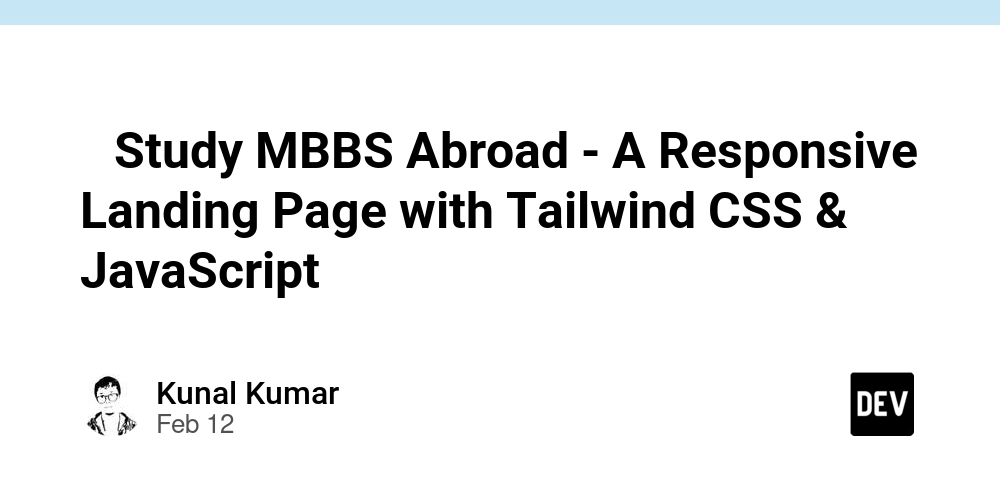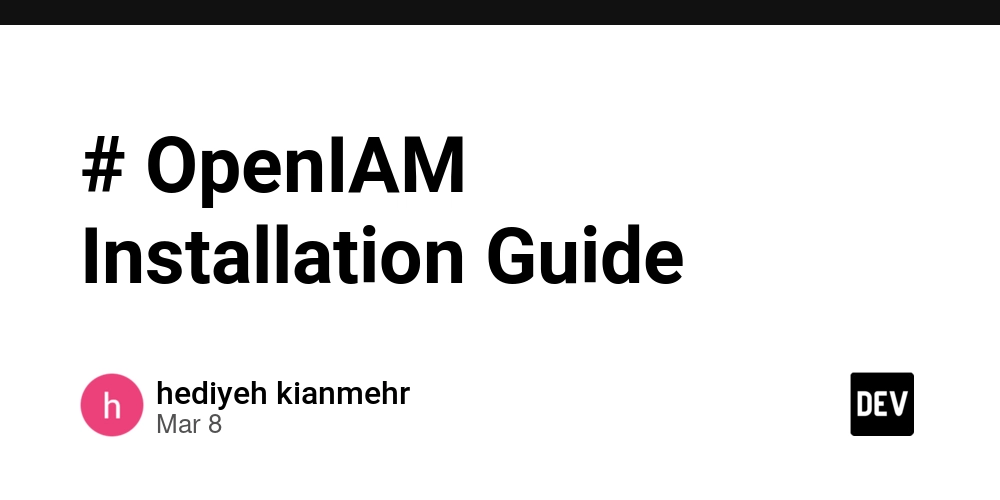How I Built a Currency Calculator API: A Step-by-Step Guide
Introduction Have you ever booked a cab, checked live cricket scores, or converted currency in an app? What if I told you that behind the scenes, a silent messenger called an API (Application Programming Interface) is making all of this possible? APIs act as digital messengers that allow different applications to talk to each other. Whether you're ordering food, tracking flights, or even getting real-time currency conversion rates, APIs power it all. In this blog, I’ll break down APIs and walk you through a Currency Converter API that I built from scratch! Types of APIs There are various types of APIs, but prominent ones are REST APIs, SOAP and GraphQL: REST API: The most popular API type—simple, fast, and supports multiple data formats like JSON and XML. Ideal for web apps and cloud-based services. SOAP API: More structured, XML-based, and packed with built-in security. Often used in enterprise applications like banking systems. GraphQL: Think of it as an "API on demand" that fetches exactly the data you need—no more, no less. Perfect for modern apps needing efficient data retrieval. Why REST APIs are widely used? REST APIs are stateless, meaning each request carries all the necessary information without relying on previous requests. This makes them highly scalable, flexible, and easy to implement, which is why they dominate modern web developme My Story of The Currency Calculator API One day, while looking at fluctuating exchange rates, I thought—"What if I built an API that instantly converts currency with real-time data?" That’s how I created Currency Calculator API using Python and Flask! The API takes in three simple parameters: from_currency(e.g., USD) to_currency(e.g., INR) amount(e.g., 100) And it returns the converted amount in real-time JSON format. Tech Stack & Deployment I built this API using Python and Flask, utilizing Flask routes to handle requests. To fetch real-time currency rates, I integrated a third-party service called ExchangeRate-API. For deployment, I used Render—a cloud hosting platform perfect for deploying web applications effortlessly. Currently This API just takes the two currencies to convert in and an amount which is then returned to the user The following is the example of the API

Introduction
Have you ever booked a cab, checked live cricket scores, or converted currency in an app? What if I told you that behind the scenes, a silent messenger called an API (Application Programming Interface) is making all of this possible?
APIs act as digital messengers that allow different applications to talk to each other. Whether you're ordering food, tracking flights, or even getting real-time currency conversion rates, APIs power it all. In this blog, I’ll break down APIs and walk you through a Currency Converter API that I built from scratch!
Types of APIs
There are various types of APIs, but prominent ones are REST APIs, SOAP and GraphQL:
- REST API: The most popular API type—simple, fast, and supports multiple data formats like JSON and XML. Ideal for web apps and cloud-based services.
- SOAP API: More structured, XML-based, and packed with built-in security. Often used in enterprise applications like banking systems.
- GraphQL: Think of it as an "API on demand" that fetches exactly the data you need—no more, no less. Perfect for modern apps needing efficient data retrieval.
Why REST APIs are widely used?
REST APIs are stateless, meaning each request carries all the necessary information without relying on previous requests. This makes them highly scalable, flexible, and easy to implement, which is why they dominate modern web developme
My Story of The Currency Calculator API
One day, while looking at fluctuating exchange rates, I thought—"What if I built an API that instantly converts currency with real-time data?" That’s how I created Currency Calculator API using Python and Flask!
The API takes in three simple parameters:
-
from_currency(e.g., USD) -
to_currency(e.g., INR) -
amount(e.g., 100)
And it returns the converted amount in real-time JSON format.
Tech Stack & Deployment
I built this API using Python and Flask, utilizing Flask routes to handle requests. To fetch real-time currency rates, I integrated a third-party service called ExchangeRate-API.
For deployment, I used Render—a cloud hosting platform perfect for deploying web applications effortlessly.
Currently This API just takes the two currencies to convert in and an amount which is then returned to the user
The following is the example of the API









































































































































































![[The AI Show Episode 142]: ChatGPT’s New Image Generator, Studio Ghibli Craze and Backlash, Gemini 2.5, OpenAI Academy, 4o Updates, Vibe Marketing & xAI Acquires X](https://www.marketingaiinstitute.com/hubfs/ep%20142%20cover.png)


























































































































![[FREE EBOOKS] The Kubernetes Bible, The Ultimate Linux Shell Scripting Guide & Four More Best Selling Titles](https://www.javacodegeeks.com/wp-content/uploads/2012/12/jcg-logo.jpg)



![From drop-out to software architect with Jason Lengstorf [Podcast #167]](https://cdn.hashnode.com/res/hashnode/image/upload/v1743796461357/f3d19cd7-e6f5-4d7c-8bfc-eb974bc8da68.png?#)







































































































.png?#)




.jpg?#)




















 (1).webp?#)











_Christophe_Coat_Alamy.jpg?#)








































































































![Rapidus in Talks With Apple as It Accelerates Toward 2nm Chip Production [Report]](https://www.iclarified.com/images/news/96937/96937/96937-640.jpg)








































































































































